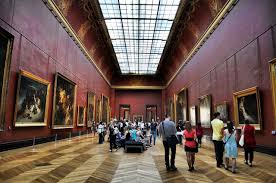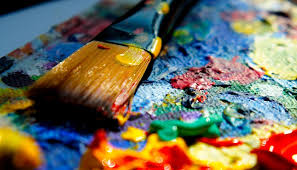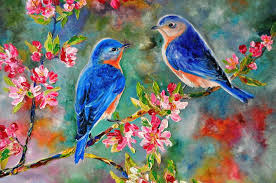bamboo
ABOUT AQUARIAN PAINTING TECHNIQUE (part 3)
 The foregoing applies to any kind of art, but it is watercolor that is particularly susceptible to temperament and the “movement of the brush” emanating from the movement of the spirit of the master. It denotes a creative, mental and philosophical attitude to the material. This is the main secret and the problem of ownership of equipment. A high concentration of energy, self-control, a clear thought, a clear task, and a subtle sense of water, colors, and paper are the qualities of a painter that are necessary for the embodiment of an image in a whimsical watercolor painting.
The foregoing applies to any kind of art, but it is watercolor that is particularly susceptible to temperament and the “movement of the brush” emanating from the movement of the spirit of the master. It denotes a creative, mental and philosophical attitude to the material. This is the main secret and the problem of ownership of equipment. A high concentration of energy, self-control, a clear thought, a clear task, and a subtle sense of water, colors, and paper are the qualities of a painter that are necessary for the embodiment of an image in a whimsical watercolor painting.
A good illustration of what has been said is a brief acquaintance with one of the traditional pictorial techniques of the East. In China and Japan, there are ancient traditions of writing with water-based materials, mostly ink painting. The traditions of the East are very different from European ones. Continue reading



